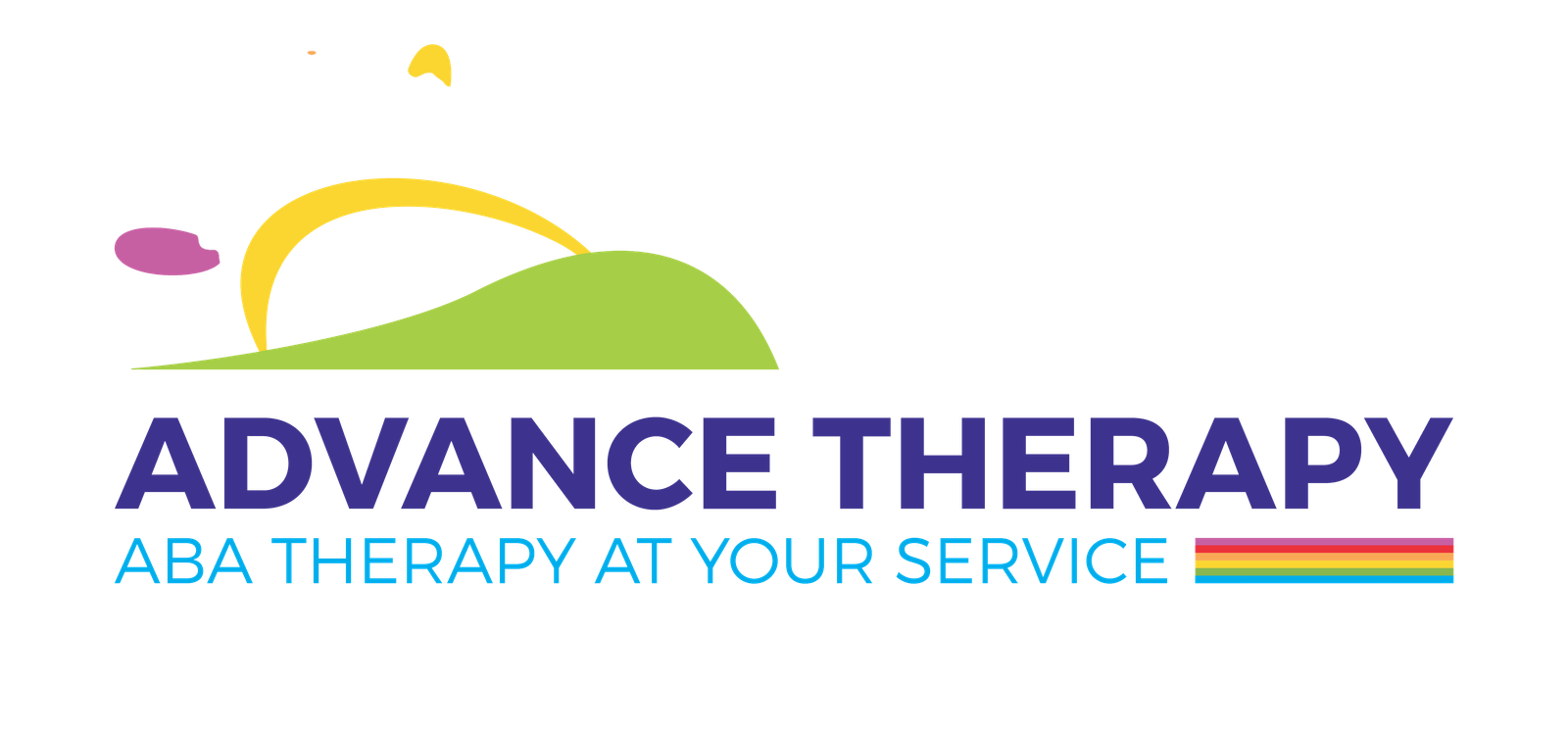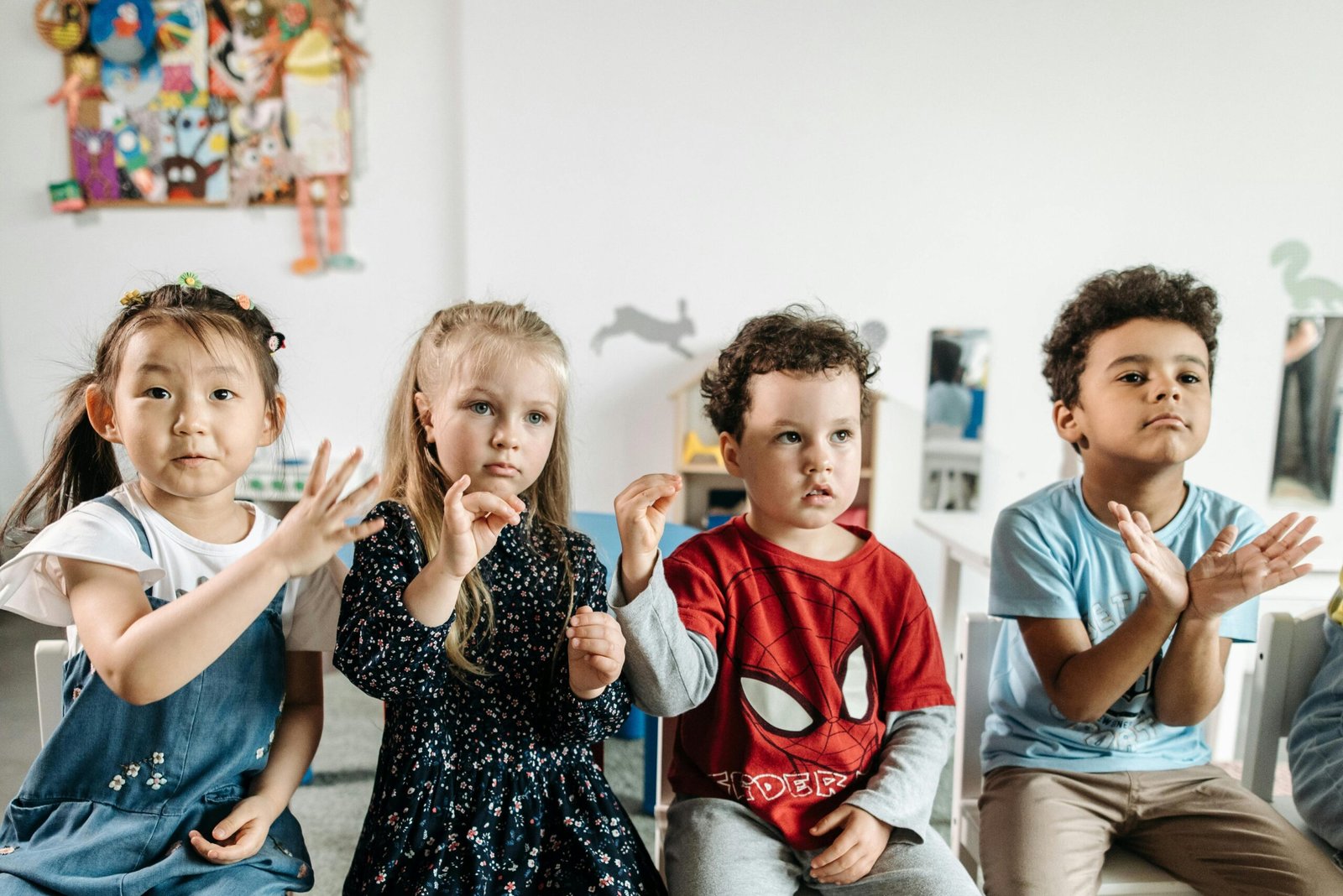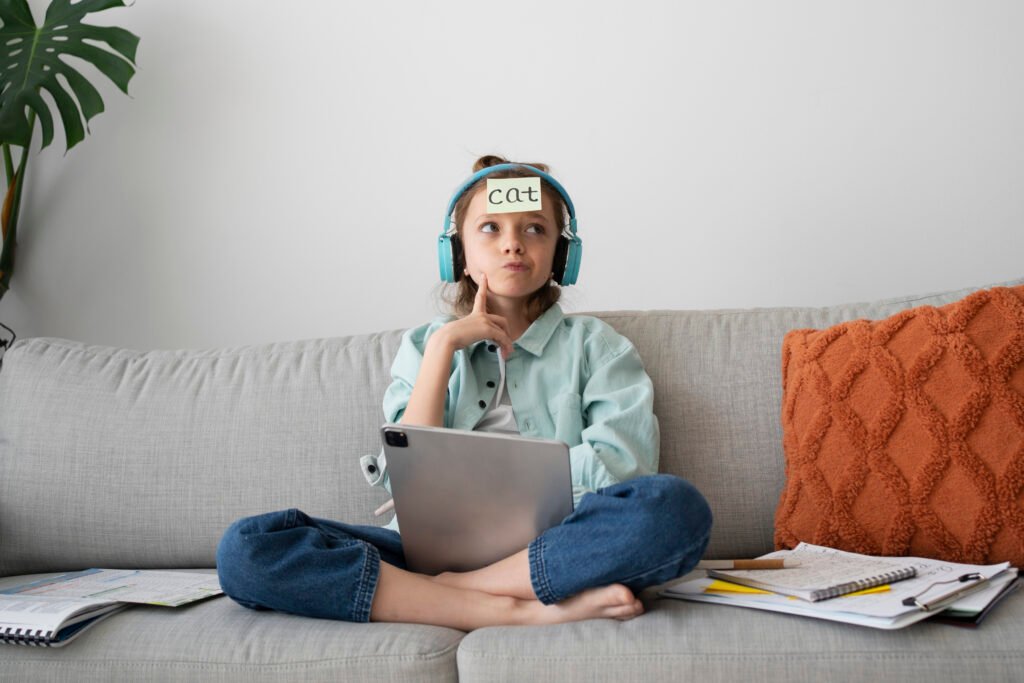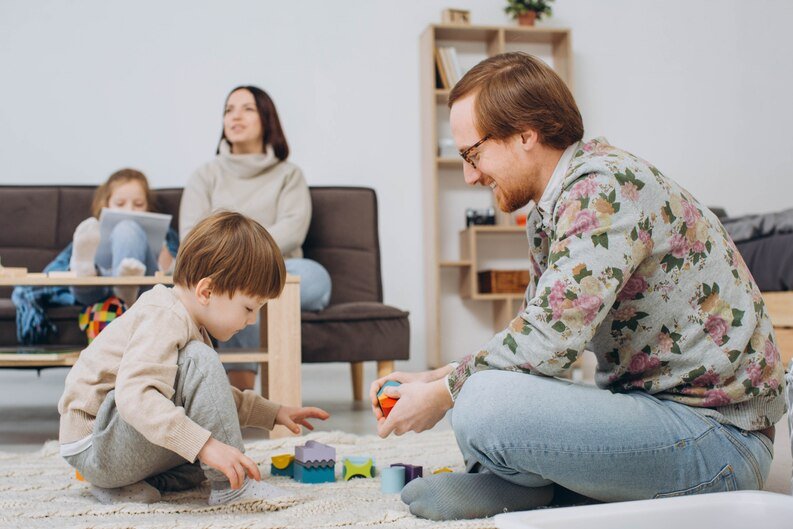Generalizing Social Skills
One challenge in therapy is ensuring that skills learned in a clinic setting carry over into everyday life. ABA focuses heavily on generalization—practicing skills across different people, places, and contexts. For example, a child who learns to greet their therapist may then practice greeting a teacher, a peer, and eventually a stranger in public.
Techniques Used in ABA Therapy for Social Skills
Discrete Trial Training (DTT)
DTT breaks down complex skills into smaller steps. For instance, instead of teaching “making friends” as one big concept, it is broken into smaller tasks: smiling, saying hello, asking to play, etc.
Natural Environment Teaching (NET)
NET uses real-life situations to teach. Instead of flashcards, the therapist may prompt a child to ask for a toy during playtime, reinforcing functional communication.
Social Stories
Social stories are short, descriptive narratives that explain social situations and appropriate responses. They prepare children for new experiences, like going to the dentist or attending a birthday party.
Peer-Mediated Instruction
Children often learn best from peers. In this approach, therapists guide typically developing peers to model and encourage appropriate behaviors.
Role-Playing
Children practice social interactions through pretend scenarios. For example, role-playing “buying something at a store” helps prepare them for community interactions.
The Role of Parents and Families
Family involvement is critical to the success of ABA therapy. Therapists often train parents to reinforce social skills at home. This can include:
Practicing greetings at family gatherings
Encouraging sharing during sibling play
Modeling positive conversation during meals
When parents consistently reinforce what children learn in therapy, progress accelerates.
Common Social Skills Goals in ABA Therapy
Some typical social skill goals might include:
Making eye contact when spoken to
Initiating a conversation
Responding to others’ comments
Sharing personal space appropriately
Joining group activities without prompting
Understanding sarcasm or humor
Each goal is tailored to the child’s developmental level and personal needs.
Benefits of ABA Therapy for Social Development
Improved Confidence – As children master skills, they feel more comfortable in social settings.
Better Academic Outcomes – Social skills are crucial for group learning, participating in class, and following instructions.
Increased Independence – Strong social communication reduces reliance on caregivers.
Stronger Friendships – Children learn how to form and maintain meaningful peer relationships.
Enhanced Emotional Regulation – Recognizing emotions helps reduce frustration and meltdowns.
Real-Life Examples of Progress
A child who once avoided group play now initiates games with classmates.
A teenager who struggled to maintain conversations now successfully participates in after-school clubs.
A young adult preparing for employment uses ABA strategies to navigate interviews and workplace interactions.
These stories show the life-changing power of ABA therapy in fostering long-term independence and success.
Challenges and Considerations
While ABA therapy is highly effective, progress varies from child to child. Some challenges include:
Generalization may take time and repeated practice.
Motivation differs—what works as reinforcement for one child may not work for another.
Patience and consistency are critical; results often appear gradually.
Working with a qualified ABA therapist ensures that strategies are adapted to the child’s unique needs.
How to Get Started with ABA Therapy
Seek a professional evaluation – A licensed behavior analyst can assess your child’s needs.
Set personalized goals – Collaborate with therapists to prioritize the most important social skills.
Integrate therapy at home – Use reinforcement and practice opportunities daily.
Stay consistent – Progress is strongest when therapy and home life align.
Conclusion
Social skills are the foundation of human connection, friendships, and lifelong success. For children who struggle in this area, ABA therapy offers hope and practical solutions. Through methods like role-playing, peer interaction, and structured reinforcement, ABA therapy improves social skills in meaningful, lasting ways.
Parents, teachers, and therapists all play a role in creating opportunities for practice and reinforcement, ensuring that children can take what they learn in therapy and apply it to the real world. While progress may be gradual, the transformation is often profound: a child once isolated now smiling, laughing, and engaging with peers.
By understanding and applying ABA principles, families can unlock their child’s potential, helping them navigate life with confidence, independence, and joy.




